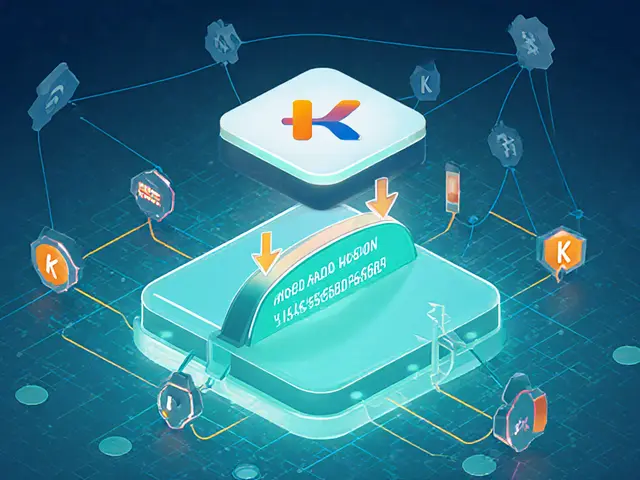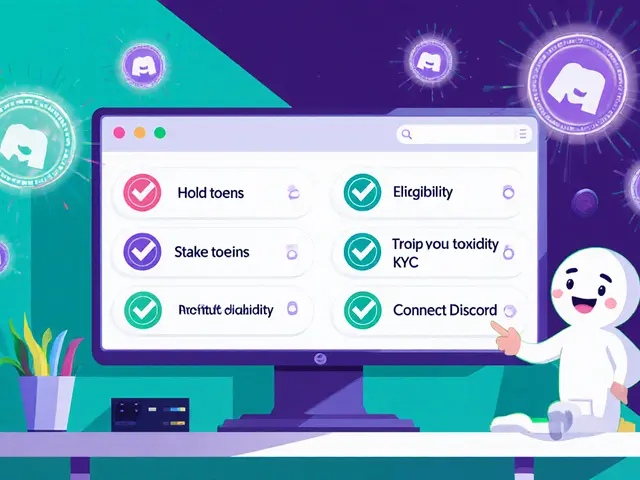ASIC Miner – The Engine Behind Modern Crypto Mining
When you hear ASIC miner, a purpose‑built hardware unit that solves a single proof‑of‑work algorithm at high speed. It’s also called Application‑Specific Integrated Circuit miner, and it powers the bulk of Bitcoin, the first and largest proof‑of‑work cryptocurrency mining operations. Alongside hash rate, the number of hashes a device can calculate each second and power consumption, the electricity a miner draws while working, ASIC miners dictate profitability, location choices, and the scale of mining farms.
Why ASIC miners matter for crypto mining
ASIC miners are designed for a single algorithm, which means they beat general‑purpose GPUs and CPUs in efficiency. That efficiency translates into a higher hash rate per watt, so miners can squeeze more coins out of the same electricity bill. Because Bitcoin’s network adjusts difficulty every two weeks, a higher hash rate directly lowers the chance that a miner will be left behind. Operators look at the ASIC miner's cost, expected lifespan, and electricity price to calculate break‑even points. In regions with cheap power, like certain provinces in China or the energy‑rich zones of the United States, the same hardware can generate far more profit than in high‑price markets. This economic pressure drives the concentration of mining farms near renewable sources, hydro plants, or surplus industrial power.
Choosing the right ASIC miner isn’t just about raw numbers. You also need to consider firmware updates, cooling solutions, and the resale market. Some models support remote monitoring, letting owners adjust fan speeds or overclock settings from a smartphone. Others offer modular designs that let you swap out hash boards without replacing the whole chassis, extending the device’s usable life. When a new mining algorithm gains traction—like the recent shift toward ASIC‑friendly versions of Ethereum Classic—vendors often release upgraded chips that can be retrofitted into existing rigs. Staying aware of these upgrades helps miners keep a competitive edge without sinking fresh capital into brand‑new equipment. Below you’ll find articles that break down specific ASIC models, compare energy costs, and explain how regulatory changes in places like Pakistan and the United States affect the mining landscape.
A clear, conversational guide explains what ASIC miners are, how they differ from GPUs/CPUs, key manufacturers, setup steps, cost factors, and future trends for cryptocurrency mining.



 Finance
Finance




